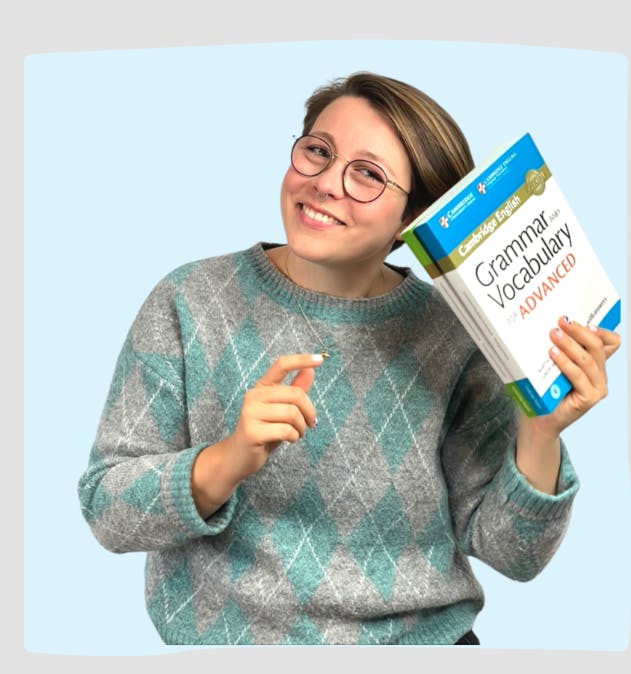If you're in a hurry, don't worry! If you want to learn English quickly, here are the 7 best ways to learn to read in English:
- Choose a book based on your English level.
- Start with illustrated books and easy-to-read texts.
- Find topics or books that interest you.
- Write down any words you don't understand in the text.
- Use a dictionary for help.
- Read aloud.
- Explain what you understood from the text.
Start reading in English from day one with Papora
Learn with dynamic exercises and real-life situations. Something new in every class!
Start now

Learning English isn’t just about speaking—it’s about developing a full set of skills: grammar, pronunciation, listening, vocabulary, and reading.
Reading, in particular, is essential and impossible to avoid in today’s world. It’s not only in books but also in your phone settings, magazines, ads, emails, and even memes on social media.
The good news is that reading in English can be easier than you think. With perseverance, context clues, and a few practical tips, you’ll quickly build this fundamental skill.

Steps to start learning to read in English
Reading in English is a powerful way to practice at home, as it strengthens overall proficiency—expanding your vocabulary, improving grammar, and exposing you to new ideas.
Along the way, it’s normal to make mistakes, struggle with comprehension, or switch methods often. Remember, the process isn’t always structured, but every challenge is part of the learning journey.
1. Choose a book based on your English level
To start reading in English, it's important to find a book that's suited to your level and helps you begin reading with a good understanding of the text. This way, you can master what you're reading while learning new vocabulary.
If books aren't your thing, you can always search the internet for news articles, a website you like, or magazines.
Just keep in mind that you should choose a text you're familiar with and can read without having to translate everything.

2. Start with picture books and easy-to-read texts
Don't be afraid to start with books that have pictures and short paragraphs, such as children's stories and fables. This type of reading in English is suitable for all levels and students.
Seeing things (whether illustrations or photos) related to what you're reading will help you better understand the context, easily learn new words, and better focus on each paragraph.
3. Find topics or books that interest you
If you read things that bore you and feel like a chore, you'll end up demotivated. Find topics that interest you and that provide you with new insights. If you're a comic book fan, instead of reading a book about strange things in the world, read a good comic.
Find what works best for you and keeps you focused on your goal of learning English on your own. If you're not feeling confident yet, you can opt for a simple novel that you've already read in Spanish.
4. Write down the words you don't understand in the text.

One of the best tricks when we're new to this is to avoid overloading our minds and memories with words, so one recommendation is to keep a notebook.
This is so you can write down all the new vocabulary you learn and make it part of your daily routine. You can even go back to review any words you don't remember from time to time and reinforce what you've learned.
5. Use a dictionary
Following the same line of thought, a dictionary is an excellent complementary tool if used correctly. You can take advantage of it by writing the Spanish translation and definition of any word you don't understand.
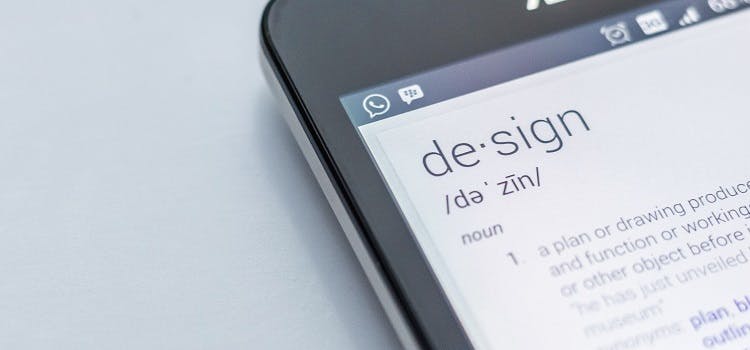
6. Read aloud
Many students find reading aloud helpful, and it's truly one of the most effective ways to practice your pronunciation while learning English by reading.
Saying and listening to what you read makes you more aware of the text for a while, noticing each letter, each sentence, and the overall meaning of the paragraph.
7. Explain what you understood from the text
Having a conversation about what you read with someone who is also learning English or already knows it is a great technique.
This gives you the opportunity to internalize what you read while explaining it, allowing you to memorize what you need, and at the same time, teaching you how to express yourself in the language.

Tips on how to read in English
Considering the steps you should follow to start reading in English, we've dedicated a section of this article to some tips that can make your journey easier.
Don't rush through books or texts quickly; the idea is to be patient and understand.
Learning is a process that can sometimes be slow, and if you try to force it, you may not understand everything you need to understand.
Focus on achieving a learning curve, ensuring that what you understand is effective and helps you achieve your goals. Set aside a time of day to read and enjoy it.
“You have to be organized, so buy a calendar and schedule a study session at least five days a week. If you struggle to focus (like me), I recommend the Pomodoro Technique. Seriously, it's the best thing I've ever done to become more productive.”
Improve your vocabulary by reading short texts (such as newspapers and news).
One of the best advantages of learning English while reading is that you'll acquire new and better vocabulary each time.
And if you're starting from scratch, being able to read short, coherent, and interesting texts will help you build a good vocabulary that will gradually improve your skills.
Use audiobooks with your English readings
Don't let reading be your only method. Learning by challenging our senses is very functional and stimulating.
“I love listening to audiobooks and following along with my finger. It's a wonderful, multisensory way to read in a foreign language that you should try. I also enjoy reading comics and graphic novels, paying close attention to the dialogue between the characters.”
Best Books to Start Reading in English
If you're looking for books to help you learn English, here are the three best options for your level.
Beginner: The Little Prince - Antoine De Saint-Exupéry
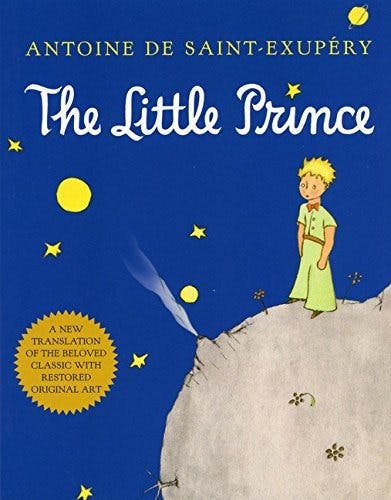
The Little Prince is an excellent book to start with, an illustrated classic that helps you learn basic vocabulary, with a few interesting words.
Its paragraphs aren't long, it's short, its words aren't complicated, and the fact that it's accompanied by illustrations is perfect for helping you contextualize the sentences.
Intermediate: The Curious Case of Benjamin Button Fitzgerald, F. Scott: Book
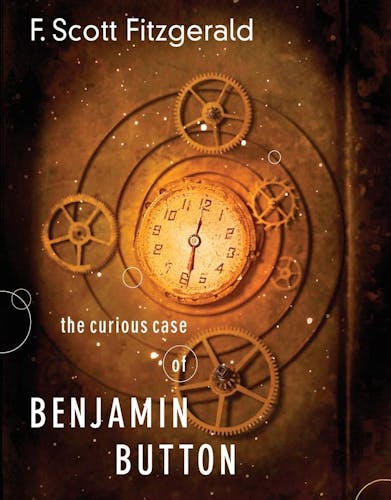
The Curious Case of Benjamin Button is a good challenge if you're already at an intermediate level. It's a book with an interesting story told in approximately 200 pages.
Its phrases, context, slightly more technical vocabulary, and grammar will present a challenge that will lead you to learn new things.
Advanced: Harry Potter and the Order of the Phoenix
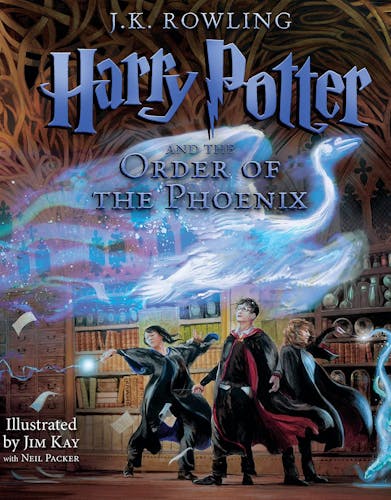
If you already feel like an expert and want to venture into a more imaginative world, Harry Potter and the Order of the Phoenix is a book that will remind you of common vocabulary and grammar while also surprising you with its uniqueness.
While there are countless recommendations, the best book to start your journey on reading in English will be the one that interests you the most.
“The best book to read in English is the one that interests you the most. A book that interests you is more valuable than forcing yourself to read a book you don't enjoy. I recommend that you first find books that interest you and then borrow them from the library or buy them. Also, don't be afraid to read children's books to start. We all start somewhere, and children's books can be very enjoyable and fun. You can also try reading short stories first before trying novels.”
The best way to learn English
If, in addition to learning to read, you want to delve deeper into the other aspects of the language, the best way is with an English course that provides everything you need.
A course will be the perfect foundation for you to fully understand everything you've learned through reading. This is especially true if the method is dynamic and comprehensive, like Papora's, where English is taught through real-life situations, making everything much easier to understand.
You can start learning English with Papora by clicking here.
Frequently asked questions about learning to read in English
To learn English, it's important to have a functional method that teaches you all areas of the language with practical exercises that encourage you to learn more every day and motivate you to learn. The Papora method focuses on teaching everything you need with multimedia content and dynamic activities.
The pronunciation of English words isn't as literal as in Spanish; it depends on the different sounds the letters make. A good trick to understand how to pronounce them is to use Google Translate as a guide when you're starting out. Over time, you'll be able to associate the pronunciation.


